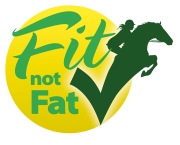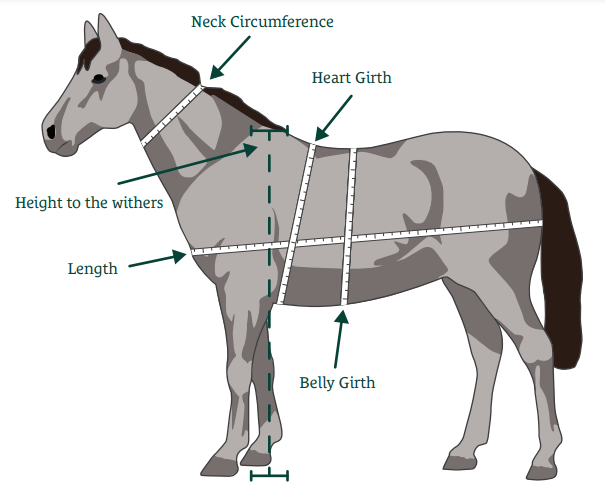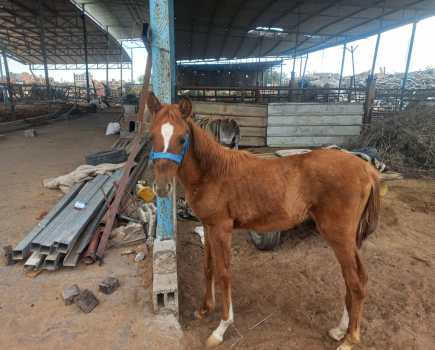A new Body Condition Index (BCI) tool has been launched to help owners and carers assess their horses’ weight objectively.
We all want our equine companions to be as healthy as possible, and as well as ensuring they have essential care like regular farrier visits, worm counts and horse health insurance in place, their weight should also be monitored. The new BCI tool, created by the Spillers team following their latest studies, aims to help owners do just that.
The tool has been derived to assess fat accumulation in horses and ponies more impartially than previous systems. The design team believe the new BCI tool may be easier and more sensitive than body condition scoring (BCS) for tracking changes in condition.
It has been developed primarily to help identify horses and ponies that are likely to be overweight or obese, thus providing horse owners with a more objective monitoring method to help prevent obesity and its associated risks.
Equine obesity, which may be as high as 70% in some populations of ponies, is a major welfare issue, not only because of the direct weight-associated effects, but also due to its association with equine metabolic syndrome and an increased risk of laminitis.
BCS is made by eye and by touch using a numerical grading system, but it is subjective and can be imprecise, especially when used by more inexperienced assessors.
Is your horse obese?
The new BCI is easy to use: all horse owners need to do is enter five measurements into the calculator on the Spillers website. Horses or ponies scoring 18-22 are likely to be overweight, whereas horses scoring more than 22 are likely to be obese.
“This exciting new work further improves our previous equine BCI, initially published in 20152,” said Sarah Nelson Product Manager at Mars Horsecare, home of the Spillers brand. “It includes additional measurements, for example, body length and has undergone validation in more horses and ponies.”
The new BCI is based on ‘objective morphometric measurements’ that have been shown to correlate well with the percentage of body fat in a number of studies and also with BCS undertaken by experienced assessors.
The new equation used data from several studies including one conducted by Spillers colleagues in Melbourne, in association with the Waltham Equine Studies Group, which involved obtaining morphometric measurements from 21 horses and ponies in obese and moderate body condition.
The percentage of body fat of each study participant was also determined using the ‘deuterium oxide dilution method’, which enables the percentage of total body fat to be calculated.
The BCI was derived using this data to give the optimal correlation with body fat. It was then validated using data from a separate population of Welsh ponies from previous studies.
Finally, the correlation between BCI and BCS was confirmed using data from various collaborative studies undertaken around the world.
Measurements rather than subjective descriptions
“During validation studies, using body condition scoring by experienced assessors as a comparison, the BCI correlated well with adiposity in both horses and ponies,” said Sarah Nelson. “However, further work needs to be carried out in relation to accuracy for Shetlands, miniatures and large draft breeds.”
“Encouragingly it was more consistent and repeatable when used by inexperienced assessors, and it may be more sensitive than condition scoring for tracking weight gain or weight loss in individual animals.
“This study is part of our ongoing work to provide evidence-based knowledge and practical support for horse owners to help with the management of obesity and related health risks,” added Sarah.
“The new BCI should be helpful for those who prefer using measurements rather than the more subjective descriptions used for body condition scoring.”
Try the tool for yourself here

Have you heard about Your Horse’s #FitNotFat campaign? Equine obesity is an enormous welfare problem and we’re on a mission to provide owners and riders with the knowledge, skills and information you need to keep your horse in tip-top health. It could be life saving!









